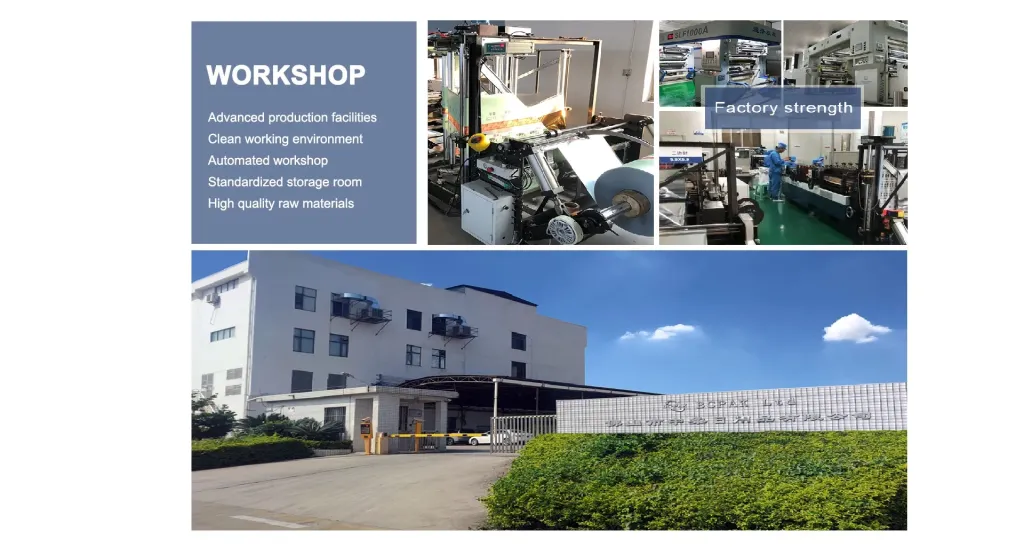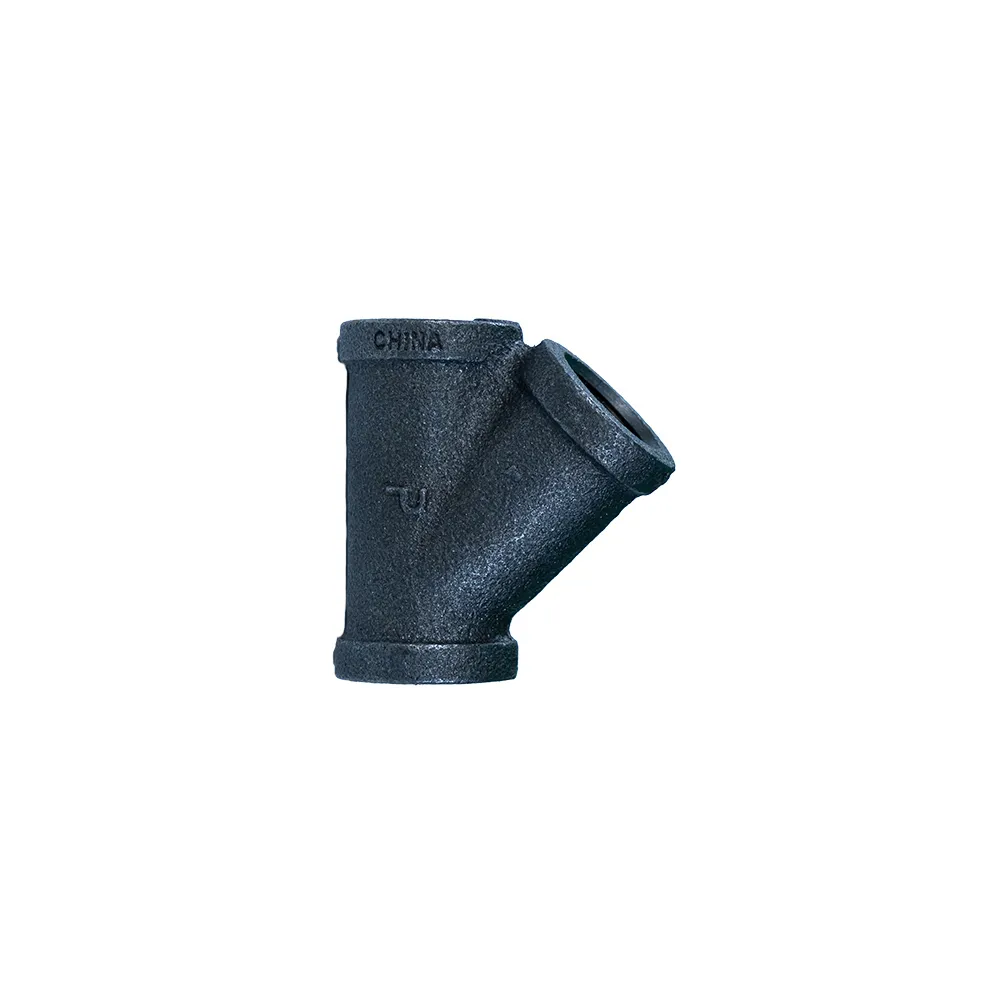Dated on Jan-20-2025


The expansive body of knowledge required in mechanical fitting also includes a profound understanding of material science. Different projects mandate different materials, such as stainless steel, copper, or PVC. Each material has its own set of properties and behaviors under stress and must be selected with precision based on the environmental conditions it will face. A mechanical fitter must be adept at assessing these variables and choosing the right material to maximize durability and performance. Central to the credibility and reliability of mechanical fitting is the notion of maintenance and inspection. Even the most carefully installed fittings require regular checks to ensure their integrity over time. Predictive maintenance technologies, such as IoT-enabled sensors, have become invaluable tools, allowing professionals to forecast potential failures and address them proactively. This approach not only minimizes downtime but also extends the lifespan of the installations, further demonstrating the expertise of a skilled fitter. On an educational note, mechanical fitting as a vocation has seen an increased focus on hands-on training apprenticeships and structured programs. These educational pathways provide budding fitters with experiential learning opportunities that hone their skills under the mentorship of experienced professionals. This continuity of knowledge transfer is crucial in nurturing the next generation of experts who will drive innovations in this field. Finally, the professionalism inherent within the mechanical fitting occupation enhances its authoritative standing. Fitters are increasingly being required to possess a meticulous understanding of project management and communication skills. These soft skills complement their technical acumen, enabling them to plan, execute, and oversee projects effectively, ensuring client satisfaction and building long-term professional relationships. In conclusion, mechanical fitting is much more than just a technical endeavor; it is a discipline that demands a harmonious blend of experience, rigorous training, and a commitment to the highest safety and quality standards. The field's ongoing evolution, driven by technological advancements, demands that professionals remain at the forefront of learning and adaptation. By fostering a culture of continual improvement, the mechanical fitting domain can maintain its pivotal role in the industrial landscape, ensuring safety, efficiency, and reliability.
Post time: Jan-20-2025
Prev:
Next:
Related PRODUCTS









